Despite the misleading title and the plot of a 2000 movie, a chicken run is intended to let chickens out as well as keep them in.
A run is an outdoor enclosure that chickens or other animals can get into on their own. Usually, it’s attached to their coop. It allows them to get exercise and sun, and to scavenge for bugs without being free to escape, eat your vegetable garden, or become dinner for a predator. They are an important part of the structure to consider when building or modifying a coop.
https://www.instagram.com/p/BXYiwE8h2-2
There are two major factors in building a chicken run:
- Is it portable, or stationary?
- Is it covered or open on top?
Other than that, it’s pretty self-explanatory. A chicken run is an open outdoor area attached to your coop, or encircling it.
Portable And Uncovered
This is a quick an easy option that provides the most flexibility and is fastest to construct. This format tends to be constructed with movable agricultural roll fencing like electronetting, which has the added benefit of being made with electro wire which can be electrified for added protection.
Other kinds of movable fencing include:
- Free-standing panels—expensive, and usually not a mesh that will contain birds.
- Various decorative options—useless for animals.
- Temporary fencing with chicken wire and T-posts—these tend to be more difficult to move.
Portability Benefits
The major advantage of a portable run is that it allows you to rotate your chickens onto new ground. This gives the birds access to new bugs and grubs to scavenge, fresh grass to play in, and moves them away from the accumulation of pathogens and parasites in the dirt. It also helps the plants recover and continue to thrive.
You can either move the whole coop, with the run around it, or just the move chicken run around the coop. This is a great option if you are using something easy to move like electronetting. Put the netting up in a long narrow run, and when it needs to be rotated, move it in a sort of “spoke shaped” rotation with the coop at the center, like the hands of a clock. That way, you rarely, if ever, have to move your coop. Plus, your chickens have access to new ground!
Disadvantages
An uncovered run has two major drawbacks.
First, you have a higher likelihood of chicken escapees.
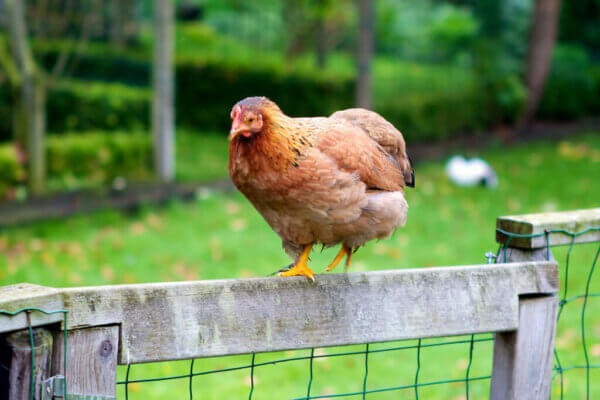
Second, you have a greater vulnerability to predators.
Open-topped runs are very vulnerable to birds of prey, and moderately vulnerable to athletic mammals that can go over a fence like raccoons and possums, or foxes that might be nimble enough to jump. There are a few things you can do to limit predation, but nothing is foolproof.
Having a sturdy, but portable chicken coop or tractor with a door that can be closed at night is good protection from nocturnal opportunists like owls and raccoons. Electrifying the fence is an excellent added protection, and discourages climbing critters like possums, and also curious animals like coyotes which test the fence with their noses.
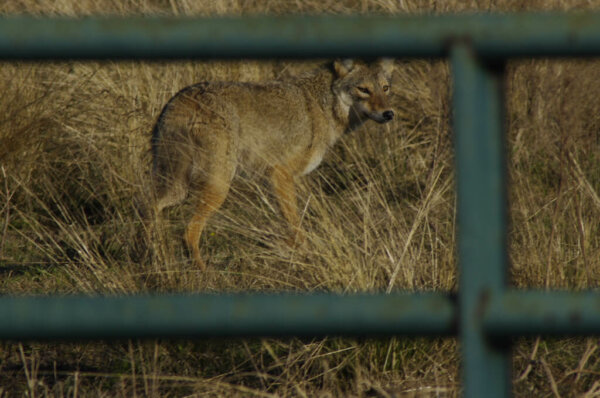
Having the coop close to houses, under trees, or in a small back yard is a deterrent for birds of prey like hawks, owls, and eagles which like to hunt in large open fields.
Stationary And Closed-Top
A stationary run will inevitably get pecked free of grass and foliage eventually and is not ideal for keeping chickens healthy, but if you have limited space it is often your only option.
In that case, you can take advantage of your limitation by creating a sturdier and more protective run with a covered top.
Disadvantages
A closed top run is better protection from predators and the chance of chickens escaping, but a closed top limits how big your run can be. It also requires a somewhat larger investment of time and money in construction.
Material For The Top
The top of your run should be a mesh of some kind to let light and air through. It can be made of any material from sturdy chicken wire to light plastic netting. Before you decide on the material, consider what kind of predators you are primarily protecting your animals from, and what kind of weather the run will be exposed to.
https://www.instagram.com/p/BXQRyhCl4Y0
A light plastic mesh, like deer fencing, would be an effective protection against birds of prey, but would be easy for a climbing animal like a possum or raccoon to chew through. Also, if you get heavy snowfall, a plastic mesh could be in danger of stretching or breaking in the winter under snow accumulation. Covering with something sturdier like chicken wire is going to be more expensive, but longer-lasting.
Material For The Covering
The structure holding up the covering (ie, the side fencing of your run) needs to be sturdy enough to hold up the covering, and high enough that you can walk into your run to feed your chickens. It will also need a door, since you won’t be able to step over this fence.
Since the run is stationary, you can use something as sturdy as sinking wood posts, or something quicker and more temporary like T posts. Chicken wire is the ideal material to create the body of the fence because predators like opossums and weasels can slip through holes in larger fencing.
Depending on the size and shape of your run, you may need some supports or beams across the top of your run to help support the covering. This is especially true if you have a large square or circular run where the center is a long way away from the edges. With a narrower run the center will not be as structurally weak. The beams don’t have to be extremely sturdy since the covering is light. PVC or aluminum piping would work well.
https://www.instagram.com/p/BXBew2hhFK1
The covering on your run will be the most structurally vulnerable part. The weakest places will be where the covering is attached to beams or supports – the place where it is stapled or nailed down, because the strain of any weight (like snow, or a squirrel climbing on it) will weaken those places. Even wire will eventually become less sturdy as it starts to rust. Check your covering a couple of times per year – in the spring after winter stress, and in the fall in preparation of keeping your chickens safe all winter.
Covered And Portable
While this may seem like the ideal solution, in practice, the weight and cumbersome nature of a closed-top run means that if it is light and maneuverable enough to be portable, it will also be very small. This means your chickens need to get rotated much more frequently.
Typically I see portable, covered runs used as an extended chicken tractors with open mesh sides and top, rather than runs that are truly separate from their coop. These portable huts are designed to be moved onto new ground every two weeks to few days, depending on the number of birds per square foot.
A chicken run is a versatile and adaptable structure that can be changed to suit your needs and to match the size of your yard or farm. Luckily, there are relatively cheap options for building a run, so you can try one thing and if it doesn’t work for your situation, move onto another option.
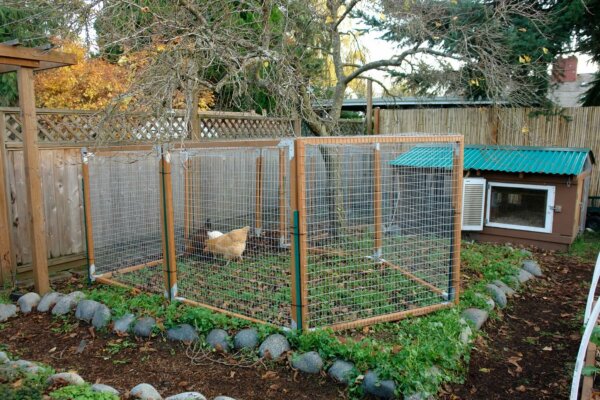
With a few of the basics under your belt, you have everything you need to get creative about your ideal chicken run. As always, don’t hesitate to ask others for help and inspiration! Find out whether you have neighbors who raise chickens and what they do, or ask poultry farmers at your local farmer’s market about their techniques. You might even be able to attend a chicken coop tour, a new fad that is hitting communities across the country!

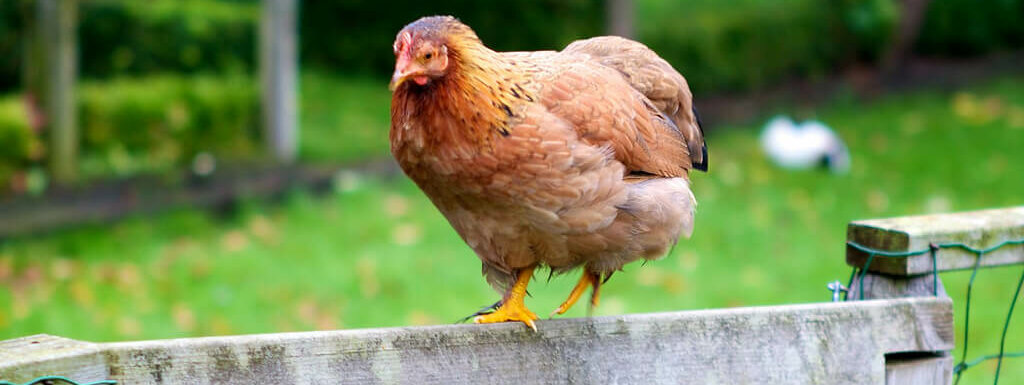



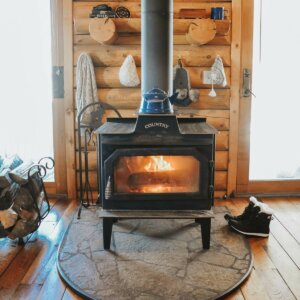
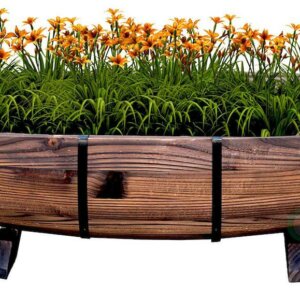


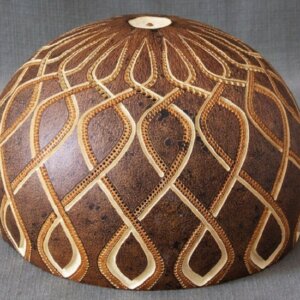

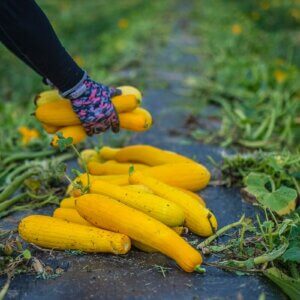


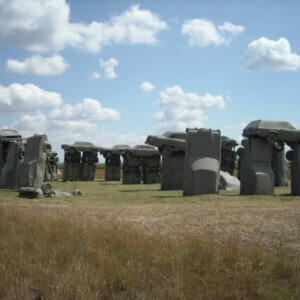
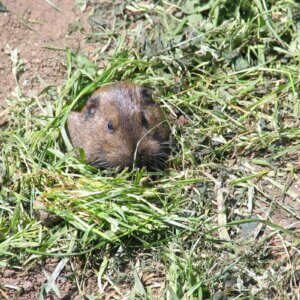

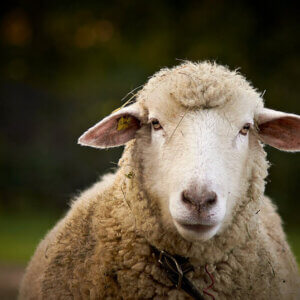
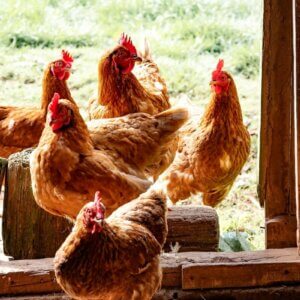

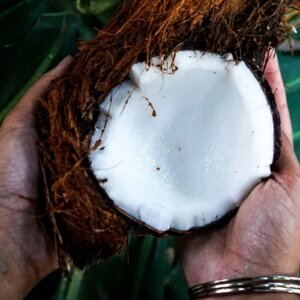
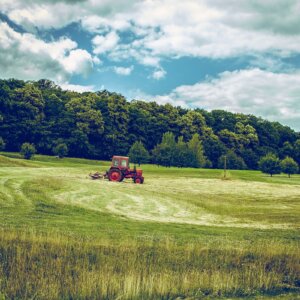

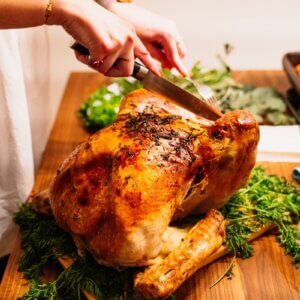
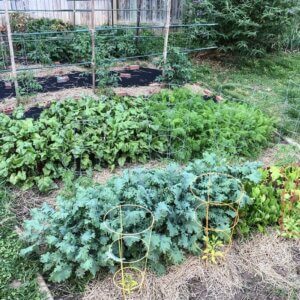




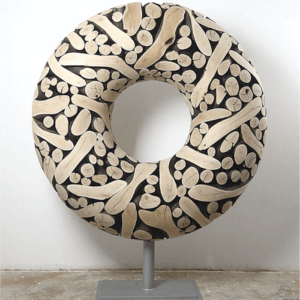

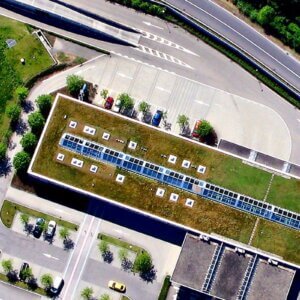

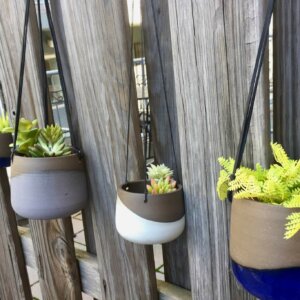
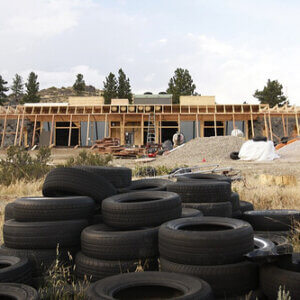




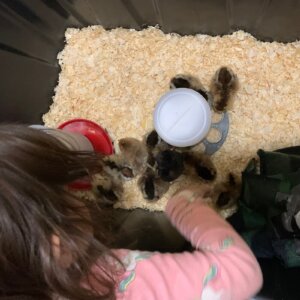
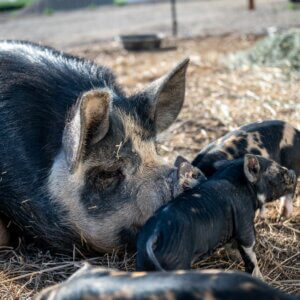
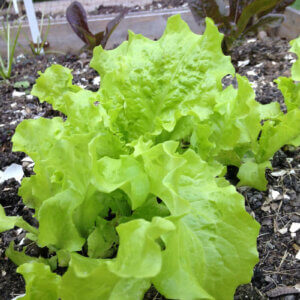
Leave a Reply